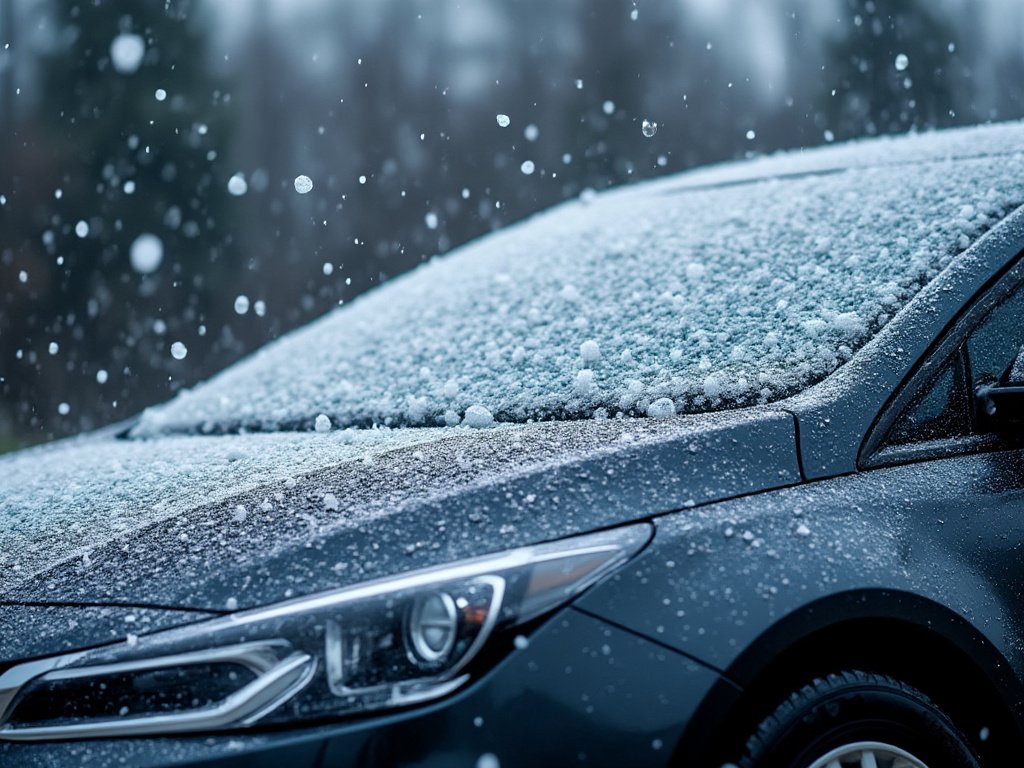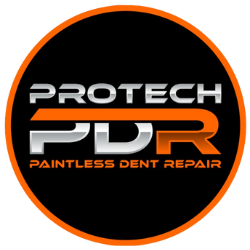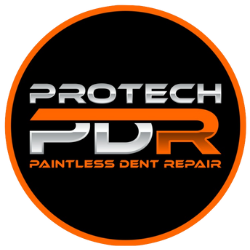
HAILSTORMS ARE HERE.
Summer storm season has arrived and bringing with it unpredictable weather patterns. Hailstorms occur when certain atmospheric conditions come together within a thunderstorm, leading to the formation of hailstones. The Science Of Hail
Here’s a breakdown of the process:
1. Formation of Cumulonimbus Clouds
Warm, Moist Air Rises: Warm, moist air from the surface is lifted into the atmosphere, typically due to a cold front or other weather disturbances.
Cloud Growth: As the air rises, it cools and condenses into water droplets, forming a thunderstorm cloud (cumulonimbus).
2. Supercooled Water Droplets
Cold Upper Atmosphere: The upper layers of the cloud are extremely cold, often below freezing. Despite the cold, tiny water droplets remain in a supercooled state (liquid water below 0°C).
Ice Nuclei Formation: These supercooled droplets freeze upon coming into contact with particles like dust, forming tiny ice crystals.
3. Formation of Hailstones
Updrafts of Air: Strong updrafts within the thunderstorm push these ice crystals upward, into the upper regions of the cloud where they encounter more supercooled water droplets.
Layering Process: As the ice crystals move up and down in the cloud, they collide with supercooled droplets, which freeze upon contact. This process causes the hailstones to grow in layers, much like an onion.
4. Growth Depends on Updraft Strength
Stronger Updrafts = Larger Hailstones: The strength of the updraft determines how long the hailstone stays suspended in the cloud and continues to grow. Strong updrafts can reach speeds of up to 100 km/h (60 mph) or more, allowing hailstones to grow larger before falling.
Weak Updrafts = Smaller Hailstones: In weaker storms, hailstones are smaller as they fall out of the cloud sooner.
5. Hailstones Fall to the Ground
Gravity and Weight: Eventually, the hailstones become too heavy for the updraft to support, and they fall to the ground.
Melting During Descent: Depending on the temperature of the lower atmosphere, some hailstones may partially melt before reaching the surface, while others remain intact.
Key Conditions for Hailstorms
Strong Thunderstorms:
Hailstorms require cumulonimbus clouds with powerful updrafts.
Cold Air Aloft:
A layer of cold air at high altitudes is essential for the formation of hail.
Moisture:
Ample moisture near the surface provides the fuel for cloud growth and hailstone development.
Instability:
The atmosphere must be unstable, allowing warm air to rise rapidly into the cooler layers above.
Where and When Do Hailstorms Occur?
Geographic Regions: Hailstorms are most common in areas with frequent thunderstorms, such as:
The central United States (Tornado Alley).
Eastern Australia (especially during spring and summer).
Parts of Europe, South Africa, and Asia.
Seasonality:
Hailstorms typically occur in spring and summer when the surface is warm but the upper atmosphere remains cool.
Hailstorm Impact
Damage: Hailstones can damage crops, vehicles, roofs, and infrastructure. Larger hailstones (over 2 inches in diameter) can cause severe destruction.
Safety: Hailstorms can pose risks to people and animals if caught outside during the event.
By understanding the conditions and processes behind hailstorm formation, scientists and meteorologists can better predict these events and issue warnings to minimize their impact.
Why PDR is the best option for Hail Damage?
Why Paintless Dent Repair (PDR) Is the Best Option for Repairing Hail Damage
When it comes to repairing hail damage, Paintless Dent Repair (PDR) is widely regarded as the most effective and preferred method. It offers a host of advantages over traditional repair methods, particularly for the small-to-medium-sized dents typically caused by hailstorms. Here’s why PDR stands out:
1. Retains the Original Factory Paint
No Repainting Needed:
PDR involves reshaping the metal back to its original form without disturbing the factory paint.
Factory paint is superior in durability and quality, and maintaining it helps retain the vehicle’s value.
No Risk of Mismatched Paint:
Unlike traditional bodywork, PDR eliminates concerns about color-matching or uneven finishes.
2. Cost-Effective
Lower Repair Costs:
PDR avoids the need for costly materials like fillers, primers, and paint, making it significantly more affordable than traditional methods.
Insurance-Friendly:
Most insurance companies prefer PDR for hail damage claims because it’s less expensive, saving both the insurer and the policyholder money.
3. Faster Repairs
Quick Turnaround:
PDR can often be completed in a fraction of the time compared to conventional repairs, which may require days or even weeks for repainting and curing.
Minimal Downtime:
This means vehicle owners get their cars back sooner, minimizing disruption to their daily routines.
4. Environmentally Friendly
No Chemicals or Waste:
Traditional repair methods involve solvents, fillers, and paints that can harm the environment. PDR eliminates the use of these materials.
Sustainable Solution:
By preserving the original materials, PDR is a greener and more sustainable approach to vehicle repair.
5. Preserves Vehicle Value
No Structural Alterations:
PDR repairs dents without sanding, filling, or altering the original structure of the panel, ensuring the vehicle remains as close to factory condition as possible.
Higher Resale Value:
A car that retains its original paint and finish is more attractive to buyers and retains higher resale value.
6. Effective for Most Hail Damage
Small and Medium Dents:
PDR is ideal for the majority of dents caused by hailstones, which are typically shallow and haven’t damaged the paint.
Wide Range of Panels:
PDR works on hoods, roofs, trunks, doors, and side panels, as long as the paint is intact.
7. No Risk of Paint Cracking
Preserves Paint Integrity:
The PDR process carefully manipulates the dented area without applying excessive force, ensuring that the paint remains intact throughout the repair.
8. Insurance Approval
Preferred by Insurers:
Because of its cost-effectiveness and quality results, many insurance companies approve and even recommend PDR for hail damage claims.
Easier Claims Process:
Insurance adjusters are familiar with PDR and often partner with certified PDR technicians to streamline the process.
When PDR May Not Be Suitable
While PDR is the best option for most hail damage, there are limitations:
Cracked or Damaged Paint:
If hailstones have chipped or cracked the paint, traditional repair methods may be necessary.
Severe Damage:
Deep dents or extensive structural damage may exceed PDR’s capabilities.
Conclusion
For the vast majority of hail damage cases, Paintless Dent Repair (PDR) is the ideal solution. It’s fast, affordable, environmentally friendly, and ensures your vehicle retains its original factory finish and value. At Protech PDR, our skilled technicians specialize in hail damage repair, providing high-quality results with minimal disruption to your life.
Contact us today for a free hail damage assessment and see why PDR is the superior choice!


